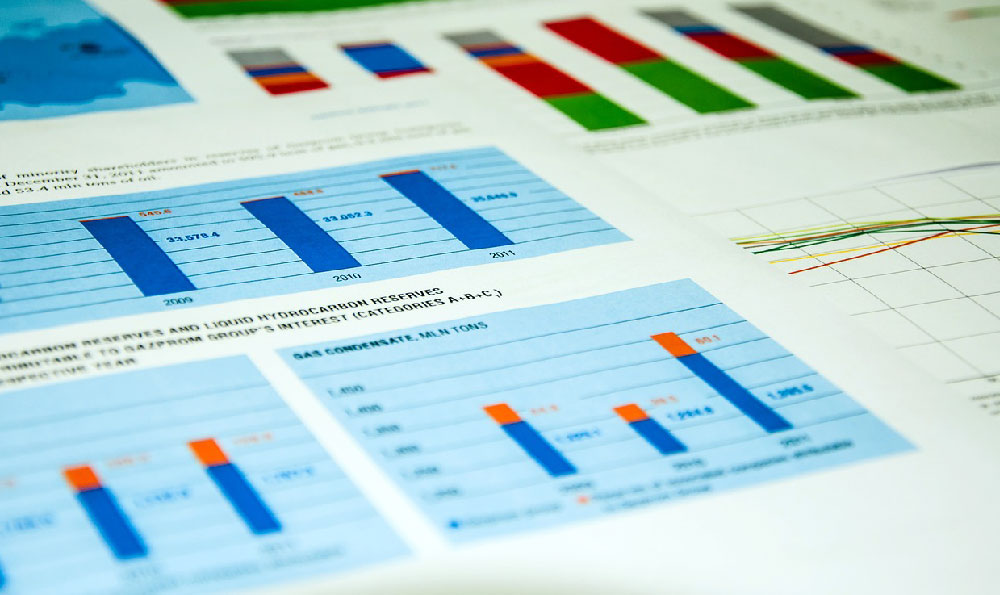The question of how much one can earn while receiving Social Security benefits and the income limits associated with those benefits is a common and crucial one for many Americans contemplating retirement or already drawing Social Security. It's a nuanced topic with rules that differ based on age and the type of benefit being received, so a clear understanding is essential for maximizing your income and avoiding potential reductions in your benefits.
For individuals who have reached their full retirement age (FRA), there's good news: there is generally no limit on how much you can earn without affecting your Social Security benefits. Full retirement age varies depending on the year you were born, but it's generally 66 for those born between 1943 and 1954, gradually increasing to 67 for those born in 1960 or later. Once you reach your FRA, you can work and earn as much as you want without impacting your Social Security payments. This provides significant flexibility and allows individuals to continue working and building their retirement savings while also receiving Social Security benefits.
However, for those who are receiving Social Security benefits before their full retirement age, the rules are different and earning limits do apply. The Social Security Administration (SSA) uses an earnings test to determine whether your benefits will be reduced. The purpose of this test is to ensure that Social Security benefits primarily support those who have genuinely reduced their work activity or retired, rather than supplementing the income of those still actively employed.

The specific earnings limit changes annually, so it's essential to check the current year's limit on the SSA website. As of recent years, the annual earnings limit for those under full retirement age has been around \$20,000. If your earnings exceed this limit, your Social Security benefits will be reduced. For every \$2 you earn above the limit, \$1 will be deducted from your Social Security benefits. This reduction continues until you reach your full retirement age. It's crucial to understand that this reduction is not a permanent loss. Once you reach your FRA, the SSA recalculates your benefit amount, giving you credit for the months in which your benefits were reduced due to excess earnings. This often results in a higher monthly benefit payment for the rest of your life.
The year you reach your full retirement age presents a different set of rules. There's a higher earnings limit for that year compared to the years before FRA. In the year you reach FRA, the deduction is \$1 in benefits for every \$3 earned above a higher limit, which is typically significantly higher than the limit for those under FRA. Importantly, this earnings test only applies to earnings before the month you reach your FRA. Once you reach FRA, the earnings limit disappears, and you can earn any amount without affecting your benefits.
It's vital to note that the earnings test only applies to income you earn from work. This includes wages, salaries, self-employment income, and net earnings from a business. It does not include income from investments, pensions, annuities, or other sources of unearned income. Therefore, you can receive income from these sources without affecting your Social Security benefits, regardless of your age.
Furthermore, there are special rules that apply to self-employed individuals. The SSA considers various factors when determining self-employment income, including business expenses and deductions. Accurately reporting your self-employment income is crucial to avoid potential penalties or overpayment of benefits. It's recommended to consult with a tax professional or financial advisor to ensure you are correctly reporting your self-employment income and claiming all eligible deductions.
Another important aspect to consider is the impact of Social Security benefits on your taxes. Social Security benefits may be taxable, depending on your total income. The amount of your benefits that is subject to taxation depends on your combined income, which is the sum of your adjusted gross income (AGI), nontaxable interest, and one-half of your Social Security benefits. If your combined income exceeds certain thresholds, a portion of your Social Security benefits may be subject to federal income tax. It's important to understand these tax implications and plan accordingly to avoid any unexpected tax liabilities. The IRS provides detailed information on the taxation of Social Security benefits in Publication 915, "Social Security and Equivalent Railroad Retirement Benefits."
Planning for retirement and managing Social Security benefits effectively requires careful consideration of your individual circumstances and financial goals. It's advisable to consult with a qualified financial advisor who can help you develop a personalized retirement plan that takes into account your age, earnings history, financial resources, and risk tolerance. A financial advisor can also provide guidance on strategies to maximize your Social Security benefits, minimize taxes, and ensure a comfortable and secure retirement.
Understanding the income limits associated with Social Security benefits is a crucial aspect of retirement planning. By carefully considering your earnings, age, and other sources of income, you can make informed decisions about when to claim Social Security benefits and how much you can earn without affecting your payments. Proactive planning and consultation with financial professionals can help you navigate the complexities of Social Security and optimize your retirement income. Remember to regularly review your Social Security statement online at the SSA website (ssa.gov) to ensure your earnings record is accurate and to estimate your future benefits. Staying informed and taking control of your retirement planning will contribute significantly to your long-term financial security and peace of mind.












